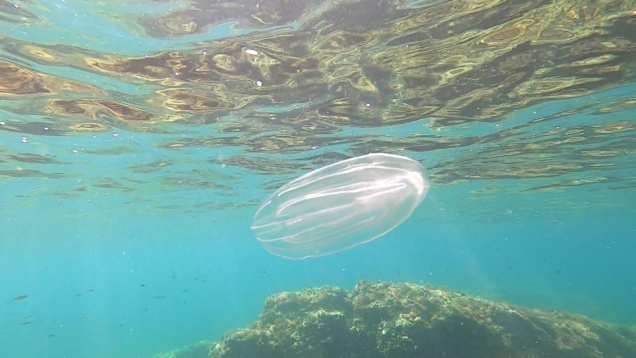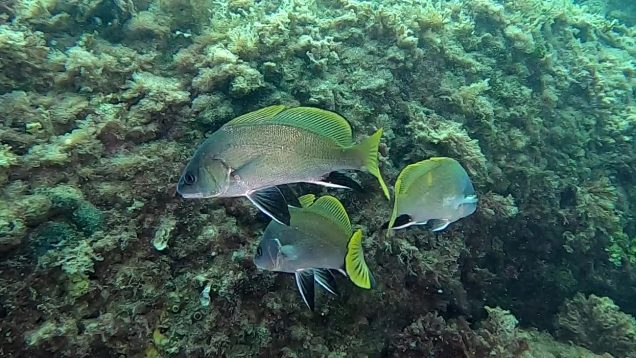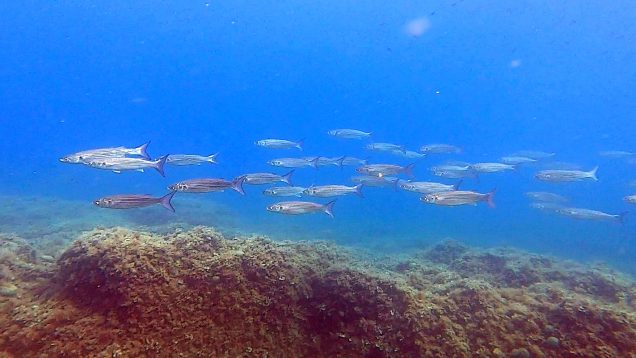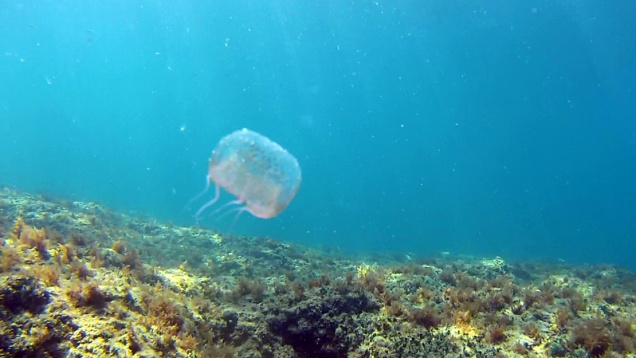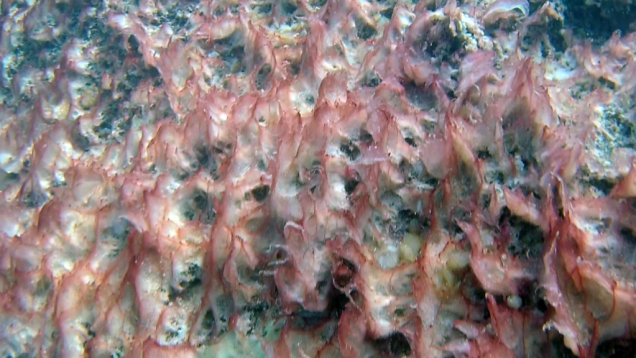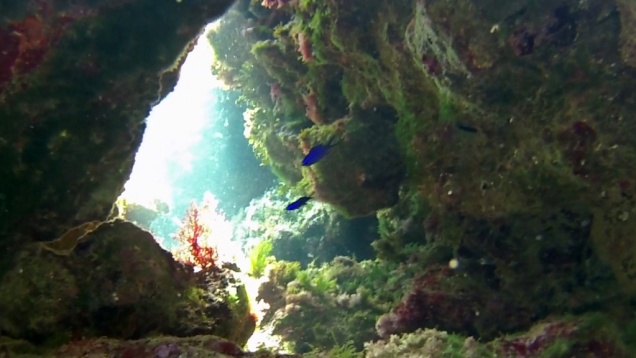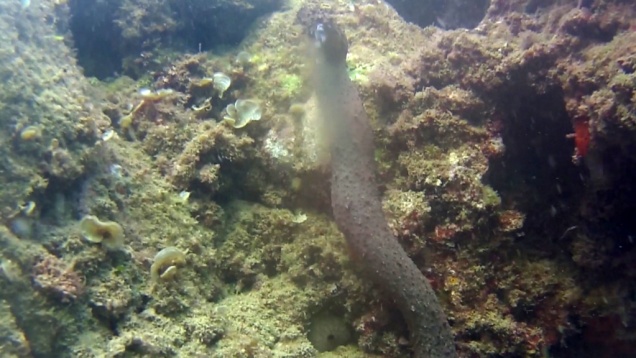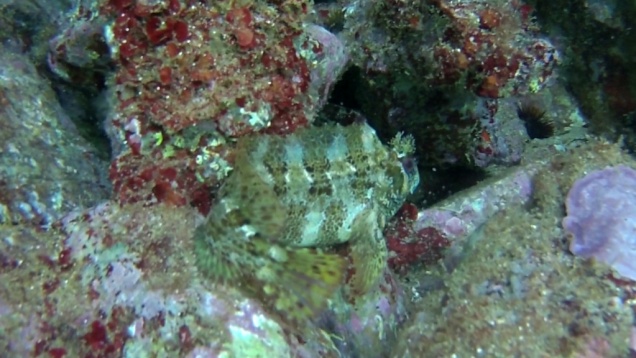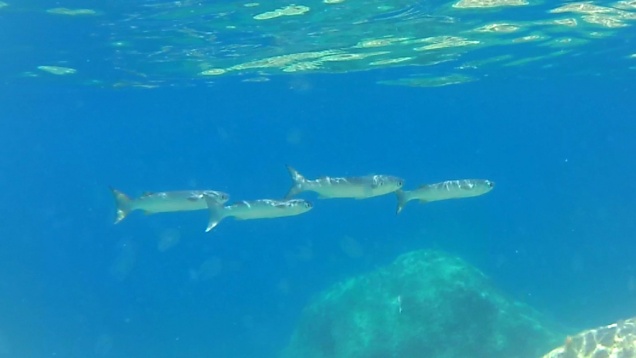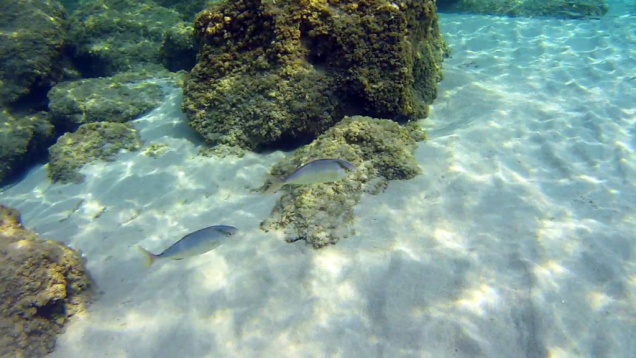Warty comb jelly Sea walnut - Mnemiopsis leidyi
Also this year we met the Mnemiopsis leidyi, Warty comb jelly - Sea walnut. Fortunately, we have seen only a few of them, so at least for now there hasn't been the invasion of Mnemiopsis leidyi that we witnessed a few years ago. Warty comb jelly Sea walnut Noce di Mare Mnemiopsis leidyi ...




